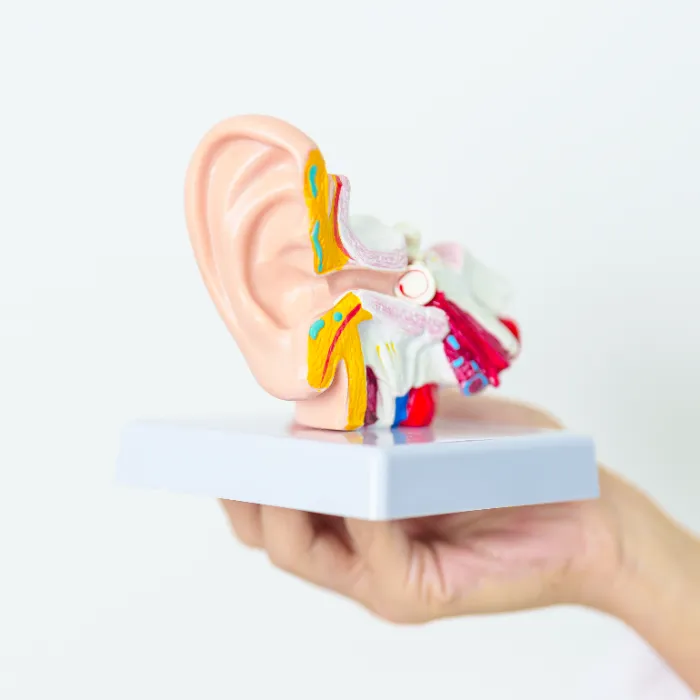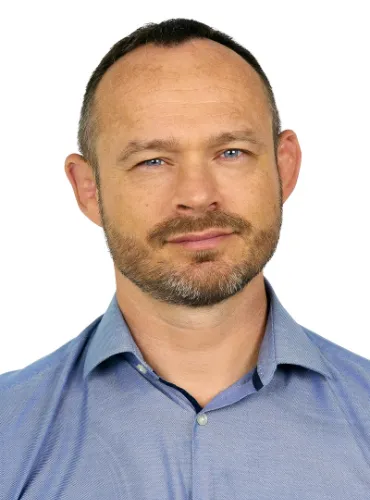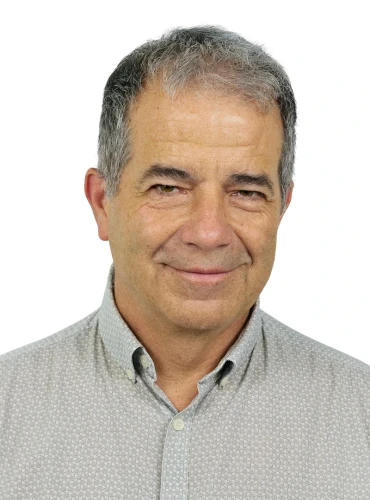At RMC, ear, nose and throat surgery covers a wide spectrum: whether it's hearing loss, nasal breathing difficulties or even sore throats. These complaints are often not only a physical burden for our patients, but also a psychological one. Our qualified doctors offer quick and effective solutions, from diagnosis to the necessary interventions and regular check-ups. Procedures are performed under general anaesthesia or local anaesthesia.
Dr. László Balogh and Dr. Andrej Banik are our highly experienced specialists who are at the disposal of our patients!
You can read more about our interventions below. To book an appointment, click on the link below: here!
Our related doctors
Any questions before booking an appointment?
If you are unsure which doctor to see or what examination you require, we are here to help!
Simply request a free callback from one of our colleagues, who will help you find the right specialist based on your specific issue.




